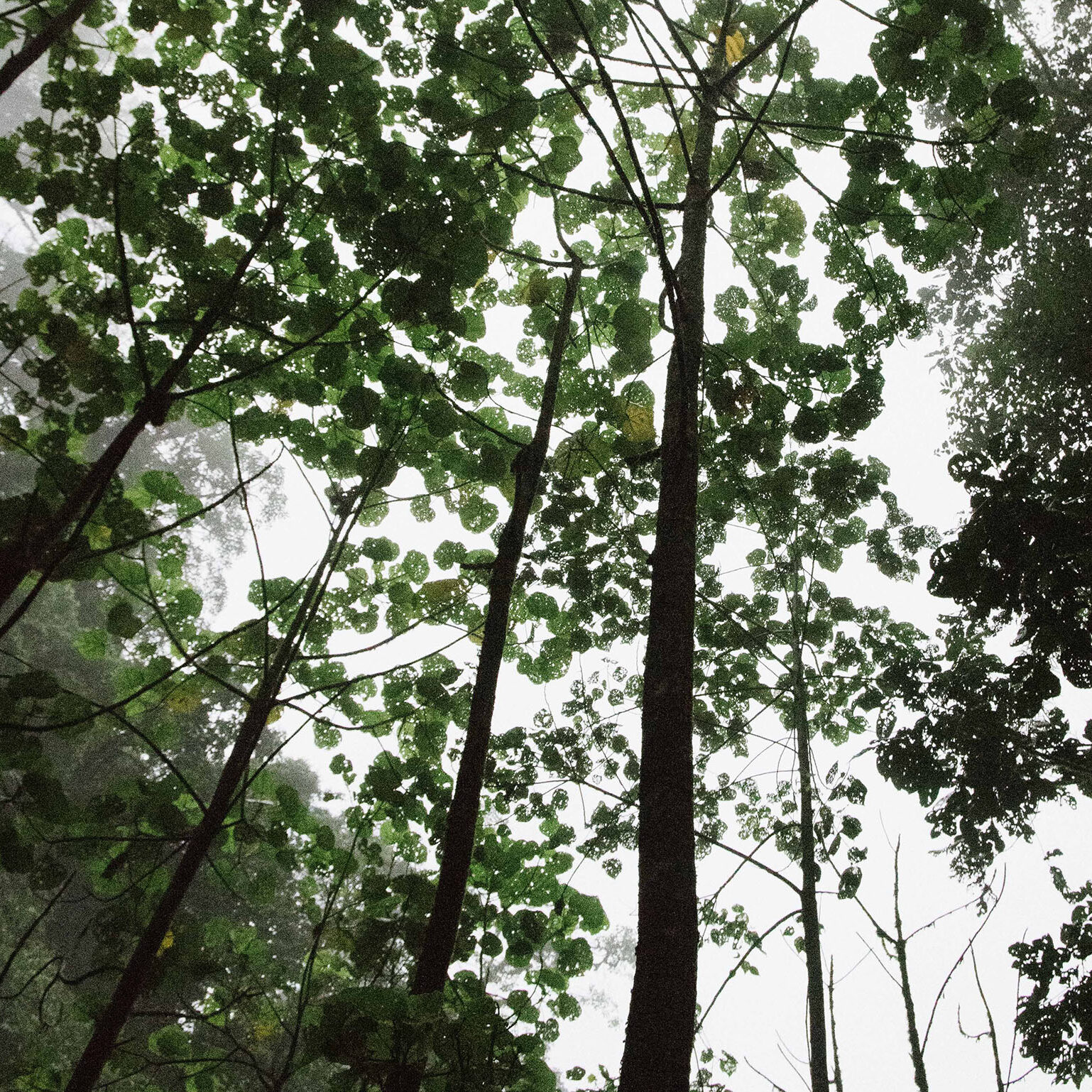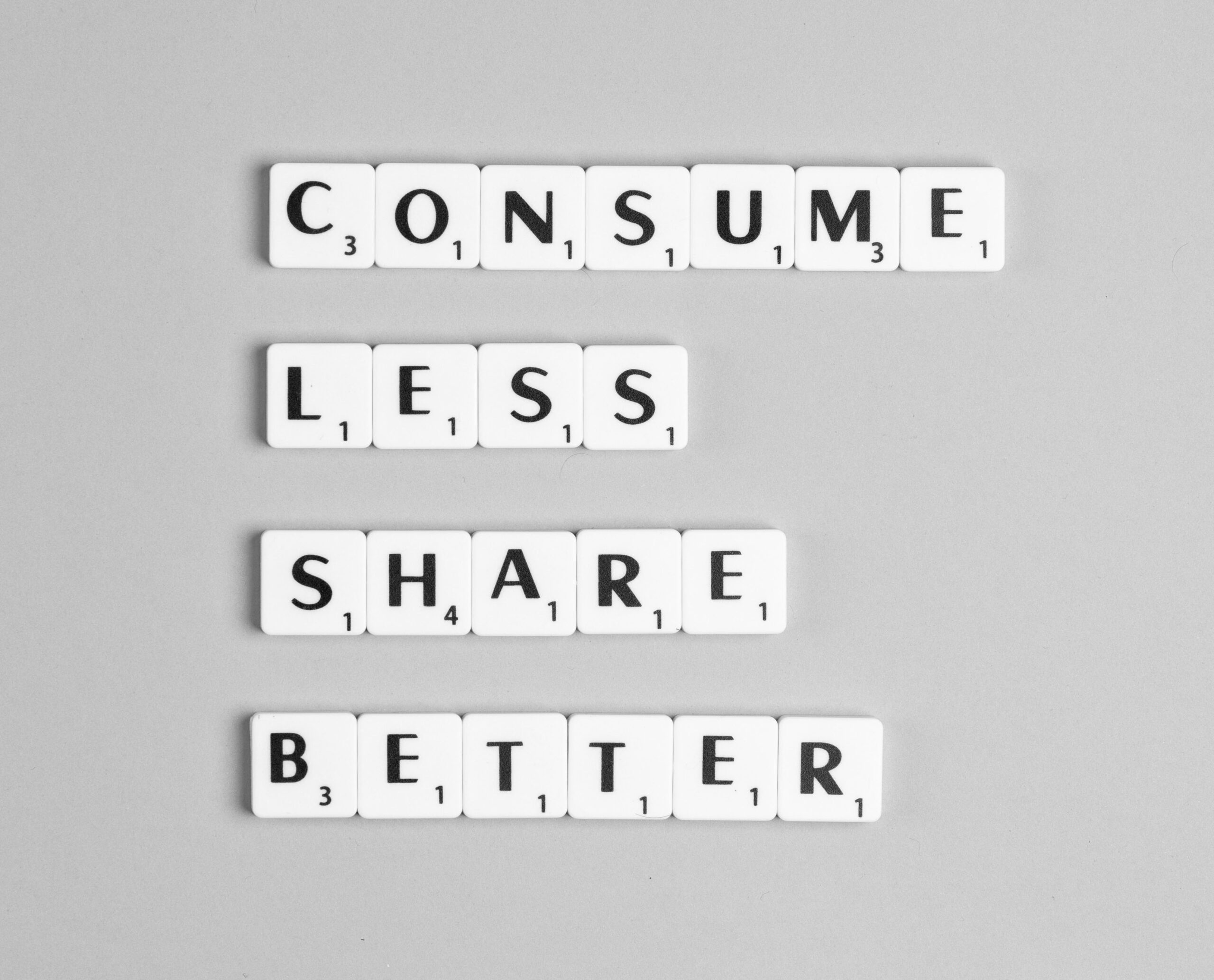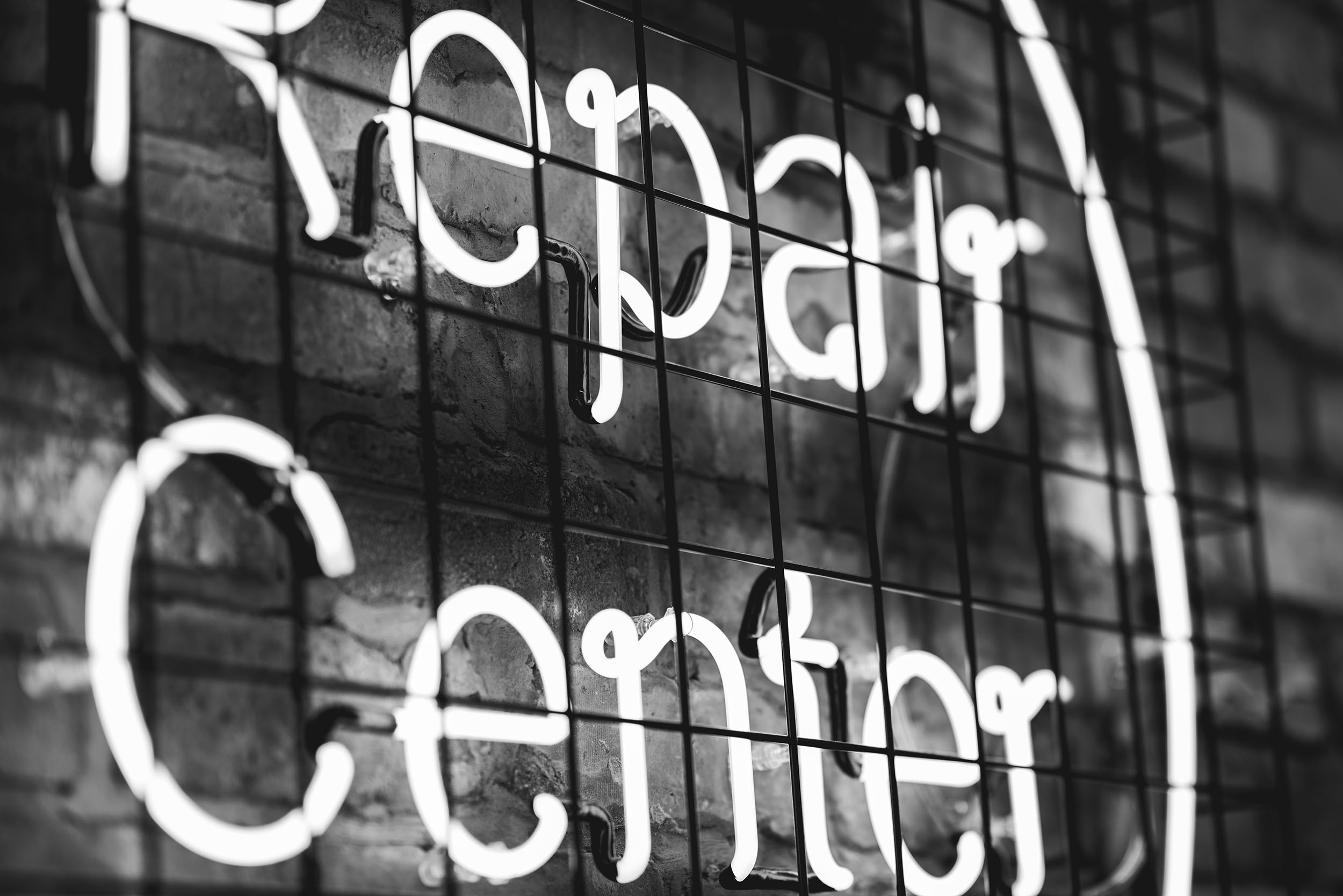
Good news for business, society and the planet.
We have a global emergency. The temperature of our planet is rising to a dangerous level and if it rises by more than 1.5 degrees, there is no going back in terms of climatic impact. We are living in increasingly turbulent times and never has the need to embrace and maximise innovation and new technologies been more important. Changing demands of the supply chain and a new generation of conscious consumers offers an opportunity to do business differently.
The good news is that the circular economy is one of the biggest means of stopping the temperature rising. A circular economy also presents a significant opportunity and competitive advantage for businesses – of all sizes. Circularity brings innovation. It brings growth and new markets, trust and profitability. Globally, this opportunity is valued at $4.5Trillion by 2030.
9.2 billion
POPULATION GROWTH
9.2 Billion People on the planet by 2050
1.75 x consumption rate
RISING CONSUMPTION
1.75 x rate of consumption above the earth’s carrying capacity
10 years left
ENVIRONMENTAL DEGREDATION
10 years left to keep global warming below 1.5°C warming level

So, what is a circular economy exactly?
If overproduction and overconsumption are damaging the planet’s resources at an unsafe rate, this means we need to fundamentally change the way we produce and consume. Through a circular economy we make effective use of the resources we already have. It’s a holistic solution to the world’s emerging resource problem that has resulted from a linear take-make-waste economy. In a circular economy, resources are not discarded, but recovered in a system that is continuous and long-lasting, with the goal of keeping them functioning at their highest potential.
We are shifting from a linear to a circular economy. In a linear economy we design, produce with raw materials, distribute and consume and when we are done, we incinerate or dump everything to landfill - packaging, food, building materials, clothing, water, plastics, electrical goods, smart phones, the list is endless. 80% of all material is wasted. This take-make-waste model not only leads to an economic value loss of over £500 billion per year but is literally costing us the earth.

Enough for everyone. Forever.
The COVID-19 pandemic makes moving towards a circular economy even more urgent, highlighting the need for systems, products and services to be designed with flexibility and longevity in mind.
A circular economy is clever. It mirrors nature where nothing is wasted. Recycling alone is not the answer. Designing out waste upfront brings highest value. The critical shift is this –how much value can we create rather than extract? Instead of destroying value after the ‘use’ phase, value is retained through cycles of reusing, repairing, remanufacturing. This closes the loop, reducing our unhealthy and harmful dependency on scarce natural resources whilst providing economic, environmental and social benefits. This will safeguard our businesses now and benefit future generations.
The typical mix of opportunities across industries include a change to*:
Product
e.g., via circular inputs, such as renewable materials
Production
e.g., the use of fewer resources and reduced resource or material waste
Consumption
e.g., circular models that change the way that consumers use, re-use, or take control
of a product at end of use
*Source: The Circular Economy Handbook: Realizing the Circular Advantage, 2020
TOOLKIT

